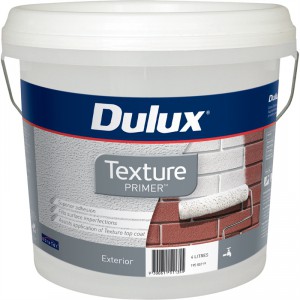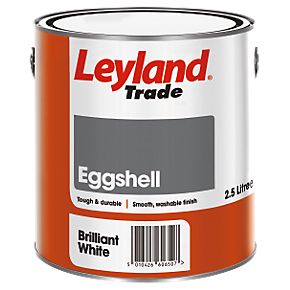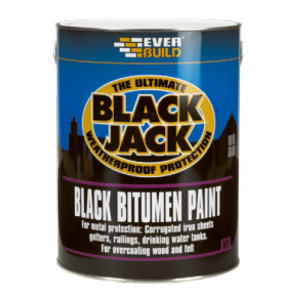At some point in your life you will probably use paint. There are so many different types of paint available and they are all used for different tasks, it all depends on exactly what you are doing. We take a look at the different types of paint available and what you would use them for.
How many types of paint are there?
There are four general types of paint which are eggshell, semi-gloss, flat or gloss and depending on the surface you are painting, you may have to apply a primer or first coat. Ensure that you always use paint as recommended by the manufacturer.
Base Coats
For the decoration to go as smooth as possible and to have great looking results it is important to ensure that you choose the correct base coating.
Primer – These are mainly used on new surfaces and can be either water or oil based. Primers are used to seal unpainted surfaces to prevent covering coats of paint from soaking in. There are different types of primers available for different surfaces including wood, metal, plaster or tiles. You can get all purpose primers which work for all surfaces.

First Coat – The first coat of paint is a specially formulated paint which builds up opacity beneath finish coats. One or two coats of first coat paint are normally used before applying the final decorative coat. If the surface is outdoors then you can get a special type of exterior first coat paint which is designed to last longer when exposed to the elements.
Finish Coats
Once the base coats have been applied you can then start to apply the main coat, so we take a look at the different types available.
Flat – This type of paint is primarily used on walls and ceilings and is a latex-based, versatile paint type. You can get many different types of finishes including dead-flat matt, matt, a water-based eggshell and silk. This type of paint is available for exterior use with a smooth or rough texture. You can apply as many coats as you need for full coverage. It is best used on siding materials and can help the materials to cope with moisture.
Eggshell – Eggshell paint is generally used for smaller pieces of decoration such as architrave and skirting. This paint is more durable than flat; you should always check the exact finish as the degree of sheen can vary between manufacturers. You can use this paint on wall surfaces where a hardwearing finish is required as it is easier to clean. For an even colour you can use two coats, using the primer and first coat as required.

Gloss & Satin – This type of paint is very hardwearing and is generally used on wooden and metal surfaces. Satin is also used in the same way as gloss however it is slightly less shiny and is becoming increasingly popular, especially for interior woodwork. Almost all paints of this type are suitable for both interior and exterior use.
Speciality Paints
For a specific task it may be worth using a formulated paint. Here are some types you can use:
Bathroom & Kitchen Paints – These paints are resistant to fungal growth and moisture much better than standard formulations. If you have condensation then you should consider improving ventilation before applying this paint.
Floor Paint – For concrete and floorboards you can get floor paint which is typically solvent-based and very hardwearing. You can get finishes in gloss or sheen, also bear in mind that new concrete floors should be left to completely cure before you paint them. A moisture meter will allow you to check the progress of this.
Metal Paint – Metal paints are available and they are usually high-gloss, smooth and textured. They can generally be used internally or externally and some types can be applied straight over rust. You can clean the brushes using a thinner rather than a mineral spirit.
Other Types of Paint
Radiator Paint – This type of paint is used on radiators and central heating pipes and is made to stand high temperatures without discolouring.
Fire-Retardant Paint – This paint has a greater flame resistance than most other paints and will reduce the spread of the flames, however it won’t completely resist fire.
Bitumen Paint – This is used in areas where high water resistance is needed. Be aware this paint is black and so it is best to be used in areas where appearance is not important. It can crack if stressed when frozen and can also run during hot weather, so use this paint carefully.

Anti-Condensation Paint – This paint is best used in humid rooms such as kitchens and bathrooms and has been specially formulated to prevent surfaces from becoming too cold to touch. Be aware this paint will not cure condensation, merely reduce it.
This guide was put together to help you choose the right type of paint for the task you need to do. There are many types of paint available so always choose carefully.
